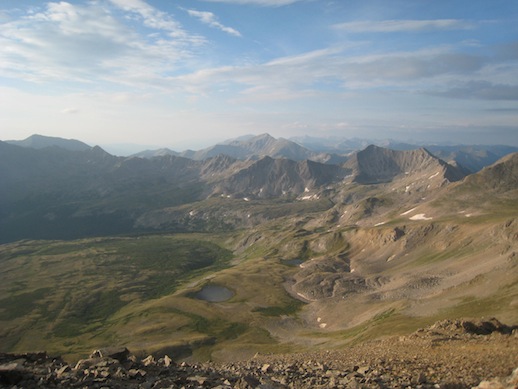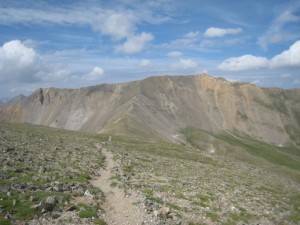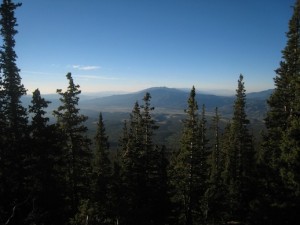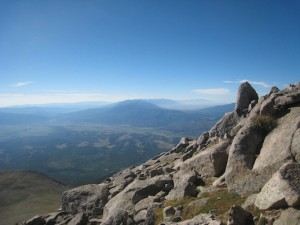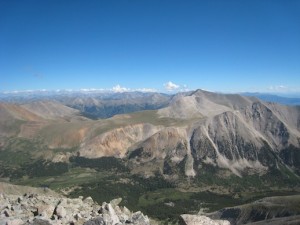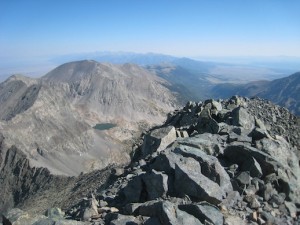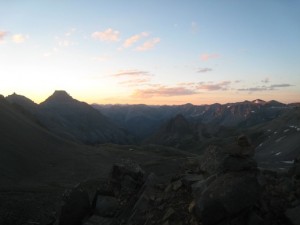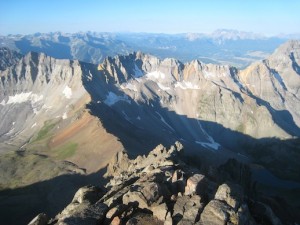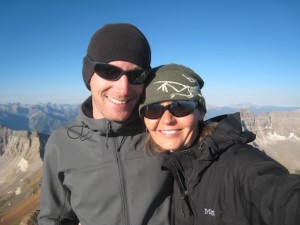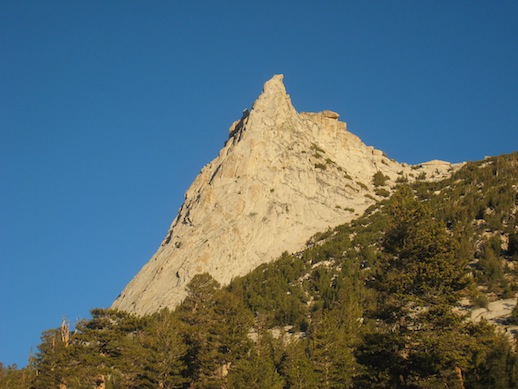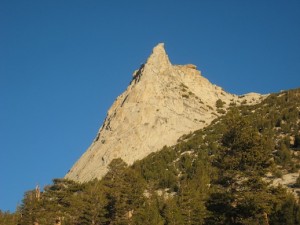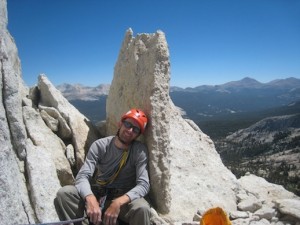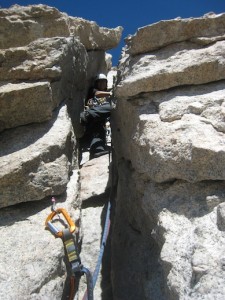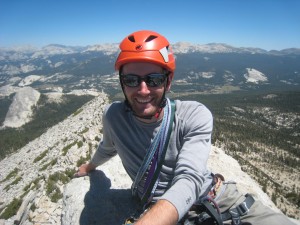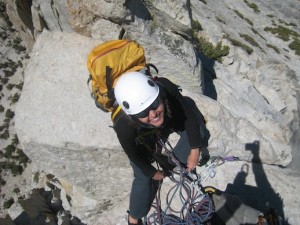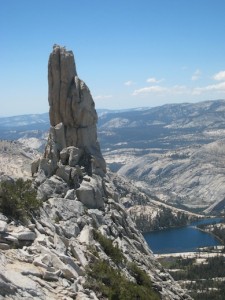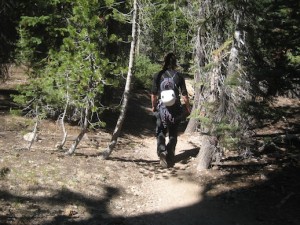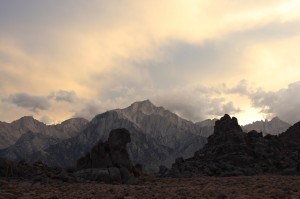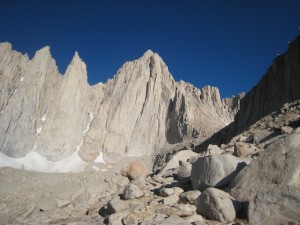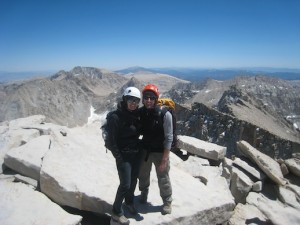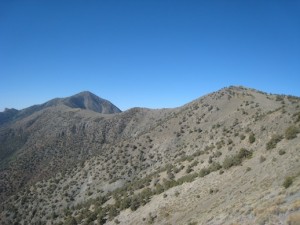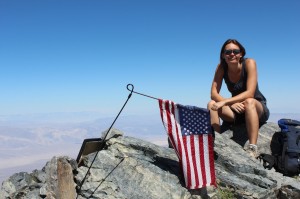It might sound better than it is. We actually did 10 peaks in 9 days of which 3 were resting days and 6 hiking days. That means we did 3 peaks one day, 2 peaks 2 days and 1 peak 3 days. It was our goal to do another 10 14ers this year, like we did last year. However, when we have read our guide book a bit more carefully we found a few peaks that just sound like fun so we decided to aim for another 8 peaks. That will bring us up to a total of 28 peaks and just about half of the 55 14ers in Colorado. I believe we will be content with that for now and have to come back for the rest of them another time.
We believe that we are making a pretty good job climbing these 14ers. Most people that we have talked to hike maybe one or two a year or so. But there are also those who are quite extreme. One guy we have read about did all 55 peaks in 10 days!! He trained for years and had a crew of 6 or so people supporting him during this time. He was also true to the 3000 feet rule which we have not been. This means that for one hike to count you have to climb at least 3000 feet for each peak. We have not done this since some peaks are close to each other and you do not have to loose that much altitude to reach the next peak. We are also willing to use our car in any way to make it easier. Our goal is just to reach all summits at some point. We will probably try and do the rest of the peaksduring a longer holiday in a few years.
So far this year we have hiked Mt Sneffels, Blanca, Ellingwood, Missouri, Oxford, Belford, Huron, Shavano, Tabeguache and Massive.
Mt Sneffels was the easy first peak. We could drive up to over 12000 feet which made it an easy hike.
Blanca and Ellingwood were hard because of the very long approach along a 4×4 road. But the peaks were nice and had some fun scrambling at the end. Also the last part of the hike was nice along a number of lakes.
Missouri, Oxford and Belford were 3 peaks in one day and this was a hard one because of the length and elevation gain. After Missouri we had to drop quite a lot in elevation before we could make it up towards Oxford. It was about as long as Blanca and Ellingwood but even more elevation gain.

The view from Mt Missouri as the sun is rising.
The ridge over to Mt Belford from Mt Oxford.
Mt Huron, which we did the day after, was like a rest day. Short and easy hike, beautiful grassy slopes and a nice view from the top. I would definately recommend this one for a first 14er.

The nice trail up Mt Huron.
Shavano and Tabeguache we climbed together. It was a fairly easy hike but also quite boring. A lot of it was in the forest that seemed endless. Shavano has a pretty cool peak and the hike along its ridge towards Tabeguache was fun. The drive up to the trail head was also very nice.
The sun is rising as we are hiking up Mt Shavano.
On Mt Shavano.
The view towards north from Mt Tabeguache.
Mt Massive was interesting. We chose to climb the south west slopes because we could drive to the trailhead with our car. This way is shorter but steeper than the standard way. This particular day we were happy to have chosen this way because of the traffic on the standard trail. As we reach the top there was a group of about 10 there which left a few minutes after we got there. From the top we could see the standard route and the amount of people coming up. After a little while a teenager reaches the top and says he is the first of a group of about 50 (!) coming up. This was the time to leave and head back down before the rain clouds came in. Mt Massive is the second highest 14er and very close to Leadville which is a popular place to stay. It was obvious how much more popular this peak is although there are so many other peaks in the area.
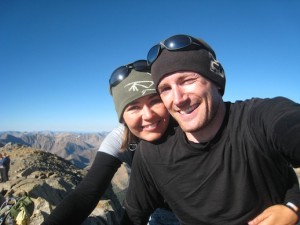
On our 20th peak, Mt Massive.

